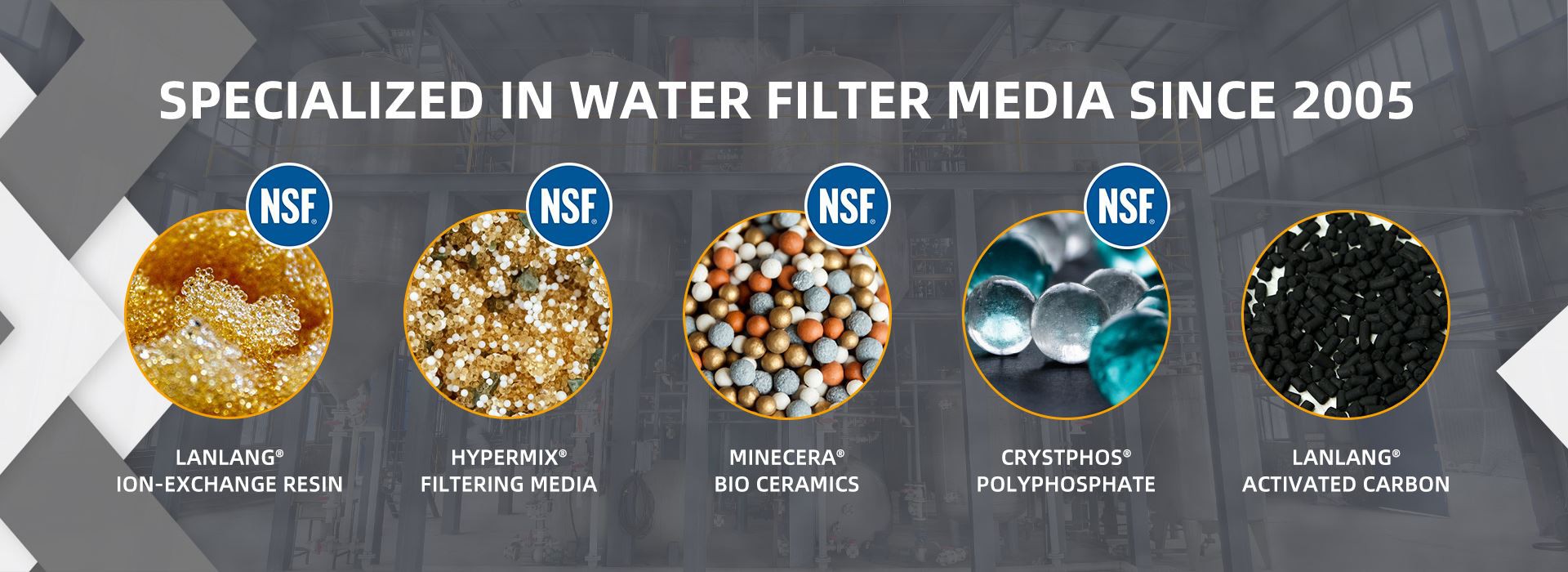Ion exchange resin is a common material used in water treatment processes to remove unwanted minerals and impurities from water. While the resin itself is not inherently hazardous, there are some considerations to keep in mind when handling and disposing of it.
Firstly, it is important to note that ion exchange resin can become contaminated with hazardous substances that it has removed from water. This can include heavy metals, organic contaminants, and other hazardous materials. Therefore, it is important to handle and dispose of ion exchange resin based on the contaminants it has removed.
Additionally, some ion exchange resins may contain chemicals that are hazardous to human health or the environment. For example, some resins may contain formaldehyde, which is a known carcinogen. However, the amount of formaldehyde released from resin is generally minimal and unlikely to pose a significant health risk.
When disposing of ion exchange resin, it is important to follow local regulations and guidelines for hazardous waste disposal. Depending on the contaminants that the resin has removed, it may be classified as hazardous waste and require special disposal procedures.
Overall, ion exchange resin is not inherently hazardous, but it is important to handle and dispose of it properly based on the contaminants it has removed and any hazardous chemicals it may contain. By following proper handling and disposal procedures, ion exchange resin can be safely and effectively used in water treatment processes.


